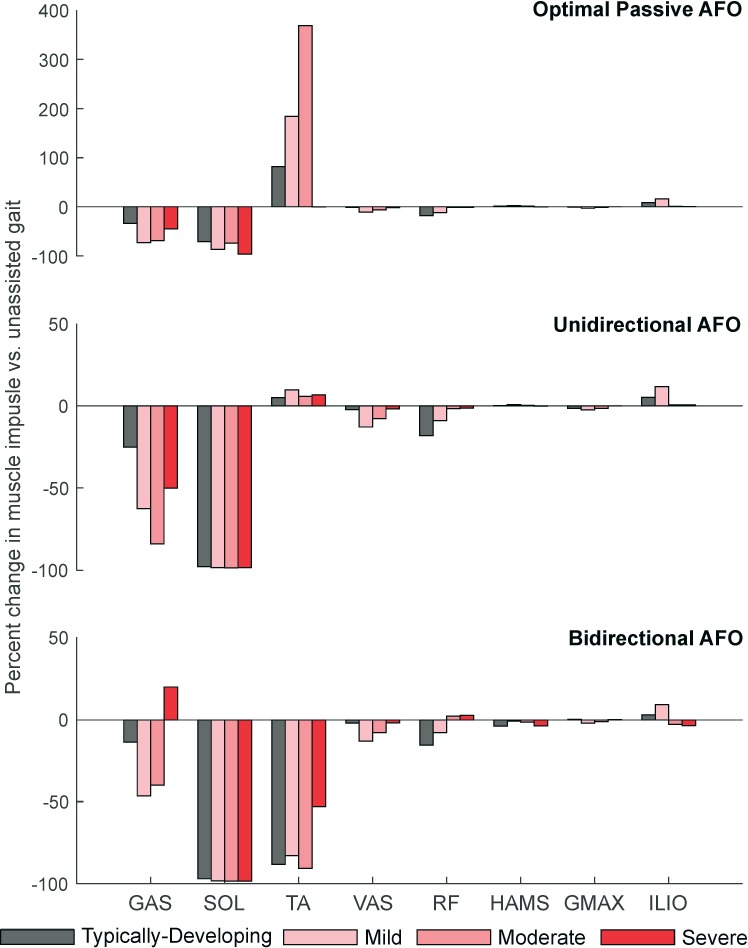Fig 6. Percent change in impulse of individual muscles across AFO conditions.
The GAS and SOL were most impacted by all AFO conditions, with relatively small changes occurring in other muscles. Top: The TA impulse increased with passive AFOs to overcome the AFO’s dorsiflexion resistance and maintain ankle kinematics. The large percent increase in TA impulse for the optimized passive AFO corresponds to only a small absolute increase in TA impulse compared to unassisted gait. Middle: The unidirectional powered AFO had similar reductions in muscle impulses as the bidirectional AFO, except for the GAS. Bottom: Only the bidirectional powered AFO reduced TA impulse, but this corresponded to a smaller percent reduction in GAS impulse. Impulses in muscles spanning the knee and hip changed by less than 20%, with the VAS having the largest reductions in muscle demand within these groups. Abbreviations: GAS, gastrocnemius; SOL, soleus; TA, tibialis anterior; VAS, vasti; RF, rectus femoris; HAMS, biarticular hamstrings; GMAX, gluteus maximus; ILIO, iliopsoas.

